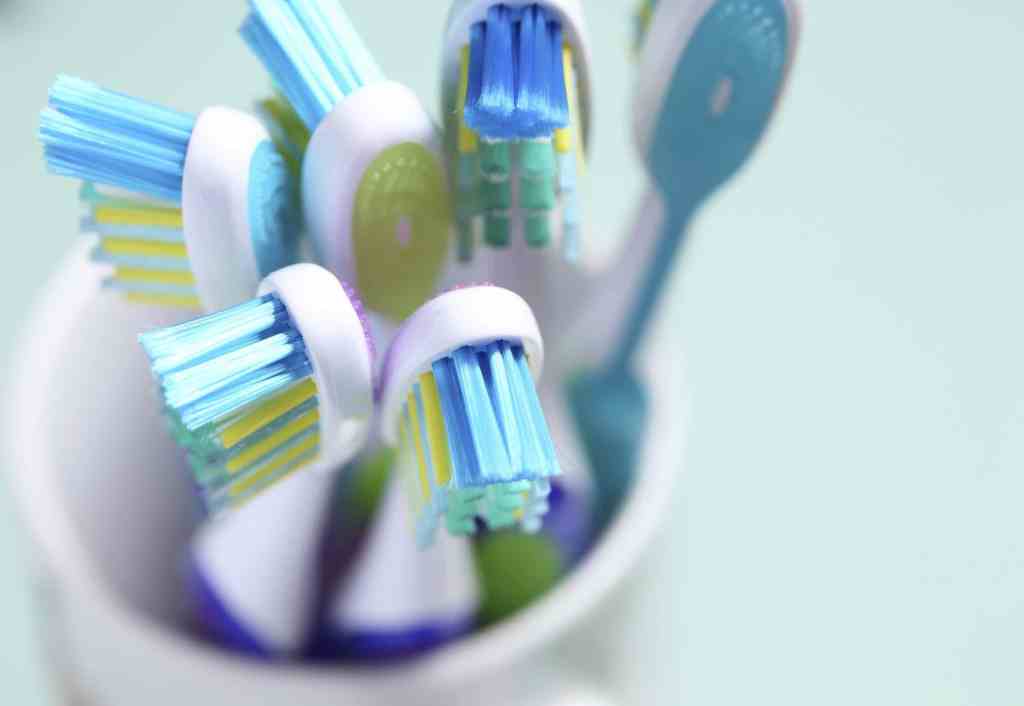Brushing your teeth today can help prevent painful dental problems tomorrow.
You’ve probably been told your entire life to brush your teeth. But why? What if you skip a day or two? What happens? Well, besides your mouth hosting a party for billions of bacteria microorganisms, you would also be at risk for cavities and other problematic dental issues like periodontitis. Cavities are only the start of a long road to tooth decay if you don’t brush your teeth.
Harmful bacteria live inside your mouth.
Most people don’t want to think about the billions of bacteria that cling to each tooth inside our mouths as living microorganisms. You can’t see them – so, out of sight, out of mind, right? Nothing could be farther from the tooth-truth. According to the U.S. National Library of Medicine, over 700 bacterial species (phylotypes) have been identified inside an oral cavity. You may not see billions of tiny bacteria running around in your mouth, but they do exist. Of the 700 strains, many are harmless, but most people are host to nearly 100 different varieties during a lifetime and some of these microorganisms cause tooth decay. Others, known as probiotics, actually help in the aid of digestion and help protect our teeth.
The most ravenous bacteria inside your mouth is called streptococcus mutans. Sounds like something from the X-Men movie series, doesn’t it? Similar to evil mutants from Magneto’s Brotherhood team in the franchise, this type of bacteria is a hungry strain that feeds off the sugar and starches in your mouth and produces an enamel-eroding acid that causes tooth decay.
Preventing cavities are the obvious reason to brush.
When your teeth begin to decay, it can damage the outer coating, which is called enamel, and the inner layer, which is called dentin. When we eat foods like bread, cereal, and chocolate cake, the bacteria in our mouths turn into acid. Then, the bacteria combined with acid, food particles and saliva form plaque, which clings to your teeth. When the enamel disintegrates, it causes holes called cavities. When you neglect to brush your teeth, you are at risk for cavities. If left untreated, cavities can lead to a painful situation caused by an infection of the soft tissue or pulp inside the root canal.
Endodontic treatment is needed if you have deep decay and inflammation. A dentist or endodontist can perform a procedure called a root canal in order to fill the cavity and relieve the pain of toothaches caused by pulp inflammation. A root canal can run an average of $1000 and up without a dental discount plan or insurance. The procedure involves a dentist or endodontist filling the root canal with a rubber-like, biocompatible material in order to seal the cavity and protect the tooth.
Gum disease can cause bad breath and decay.
If you are worried that other people can smell your bad breath, take a look at your gums as a possible cause. If you don’t brush your teeth, you are vulnerable to bad breath and gum disease. Many people suffer from gum disease, but left untreated, it can lead to a serious disease that damages the soft tissue and bone that support your teeth. If you don’t brush your teeth, you could lose your teeth to periodontal disease caused by the bad bacteria that causes plaque buildup on our teeth. A mild form of gum disease is called gingivitis and can normally be reversed with daily brushing two times a day, flossing, using mouthwash and visiting your dentist regularly.
If gingivitis is left untreated, it can progress to periodontitis, which is inflammation surrounding the tooth because the gums have pulled away from the teeth and have formed pockets that become infected. A healthy body naturally tries to fight the bacteria as plaque permeates through the teeth and gum line, but eventually, bacterial toxins take control and begin to break down the bone and tissue that hold our teeth in place. Sometimes this results in tooth loss. If you think you may be suffering from gum disease, visit a dentist and get a proper diagnosis and treatment.
You are at higher risk for possible gum disease if you smoke, have diabetes, suffer from diseases, such as AIDS, or take certain medications that affect the flow of saliva. Some people are genetically susceptible to severe gum disease.
Getting help before your mouth spirals out of control.
If you are worried that you might have signs of cavities or gingivitis, find a dentist you can help give you a dental prognosis so that you can catch possible dental problems before they get out of hand. Understanding what kind of procedures you may need will help determine what type of dental plan or dental insurance can help reduce the costs of dental care. Regular brushing and visiting a dentist to schedule cleaning and X-rays can help protect your teeth and gums.
Possible dental plans to help reduce costs.
Depending on the severity of your dental needs, a dental savings plan by Aetna can save on dental services and everything from preventive care (x-rays, cleanings, checkups, sealants) to root canals. Our dental plan can also save on crowns, dentures, and orthodontia. Find a dentist and schedule an appointment. If you are suffering from a toothache, signing up for a dental plan, unlike traditional dental insurance, doesn’t require paperwork filing or place restrictions on existing conditions. You also don’t have to worry about waiting periods or annual limits with a dental plan. You can start using your dental plan membership savings after you enroll.
